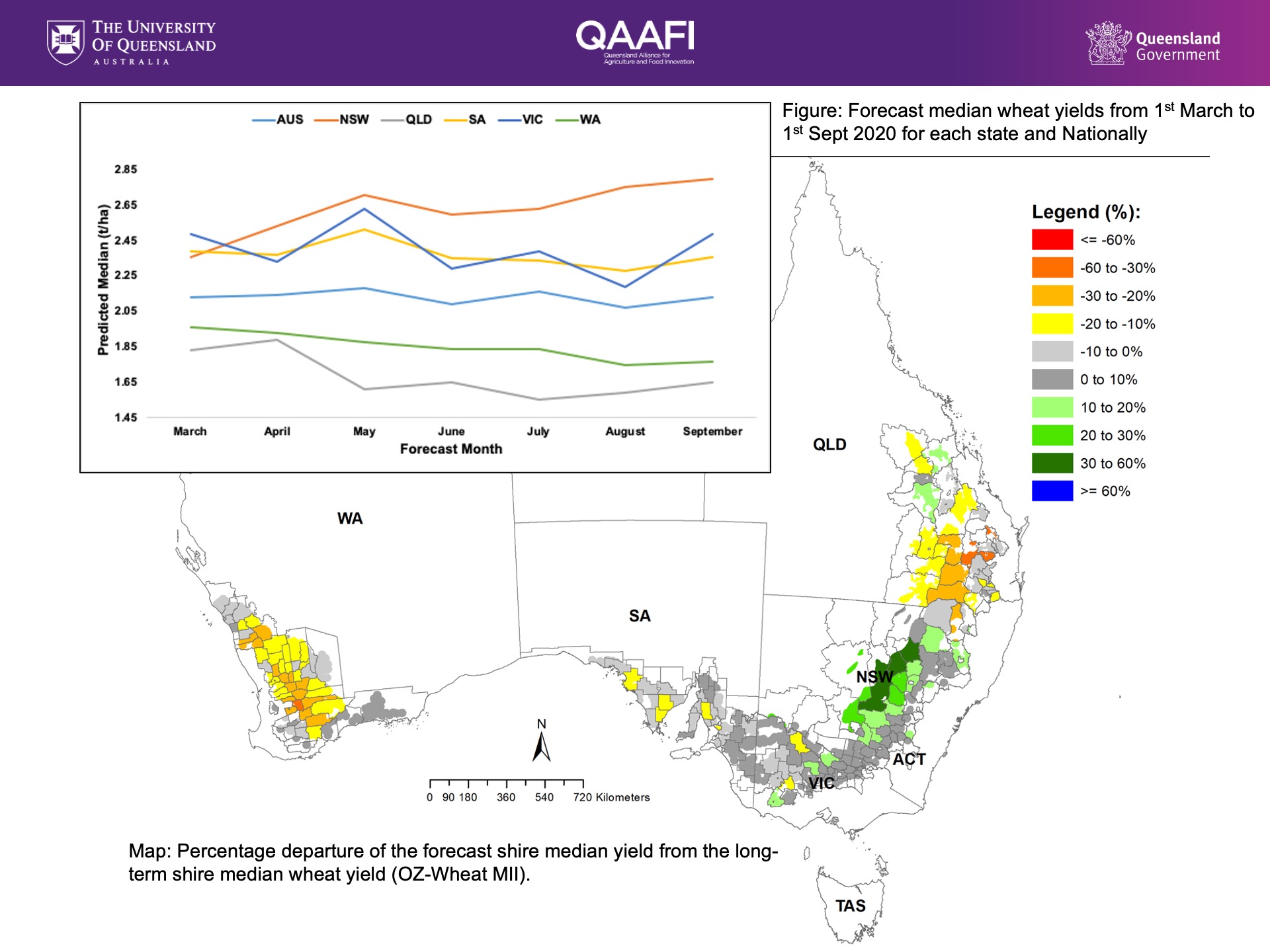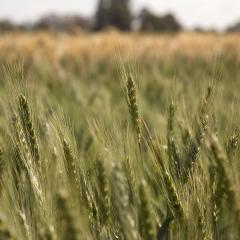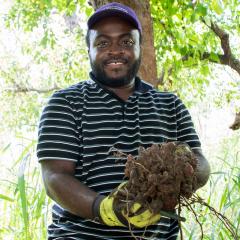National wheat yield forecast remains close to average, but spatial variability exists.
The September 2020 national wheat outlook is predicting an overall average yield across Australia’s wheat belt, but with significant regional variability, according to crop-climate researchers at The University of Queensland.
Summary
The current winter crop outlook for Queensland as a whole indicates a predicted crop yield of 1.65 t/ha, which is 13% below the long-term median yield expectation and is ranked close to the bottom 33rd % relative to all years. This outlook incorporates current soil water conditions and the seasonal rainfall outlook based on the southern oscillation index (SOI). Overall, the crop outlook for the state as a whole remains below average. Specifically, SWQ and SEQ have yield outcomes ranked in the bottom 30% of all years and yield departures of -21% and -10% from the long-term median, respectively. Conversely, CQ has yield outcomes close to the long-term expectation (40th percentile and -5% below the long-term median). With the Bureau's ENSO Outlook now in a La Niña ALERT state the likelihood for a wet finish has increased.

General Conditions
Rainfall during August was average for the entire winter cropping region of the state. Furthermore, rainfall during to April to August was below average across most of the cropping region and resulted in limited planting opportunities during the conclusion of the traditional sowing window period. Thus, prospects for an above average total production across most of the QLD winter cropping region remain poor. The exception is for some parts of CQ where the expected yield outcomes are similar to the long-term average. Wide spread above average rainfall is needed to improve the current crop outlook across the state’s winter crop region.
The recent pattern of the SOI, “consistently positive” at the end of August, indicates an increased chance for above average rainfall in most other parts of the state’s cropping region over the next 3-months (www.longpaddock.qld.gov.au). In addition, further cooling of the sea surface temperature (SST) has occurred during the August across the tropical Pacific Ocean and predictions from climate models are suggesting the developing of a La Niña event during Australian spring as highly likely (www.bom.gov.au/climate/enso). However, a wet finish to the winter cropping season might increase the risk of diseases and harvesting problems, especially for late sown crops.
Read the full report:
View the latest seasonal wheat crop report for Queensland - September 2020 View the latest National Wheat outlook from September 2020
The national wheat outlook complements the QAAFI team’s summer sorghum outlook – also freely available here.
Contact: Dr Andries Potgieter, Senior Research Fellow, Queensland Alliance for Agriculture and Food Innovation, The University of Queensland, Gatton, M: 0408 715 514, E: a.potgieter@uq.edu.au




